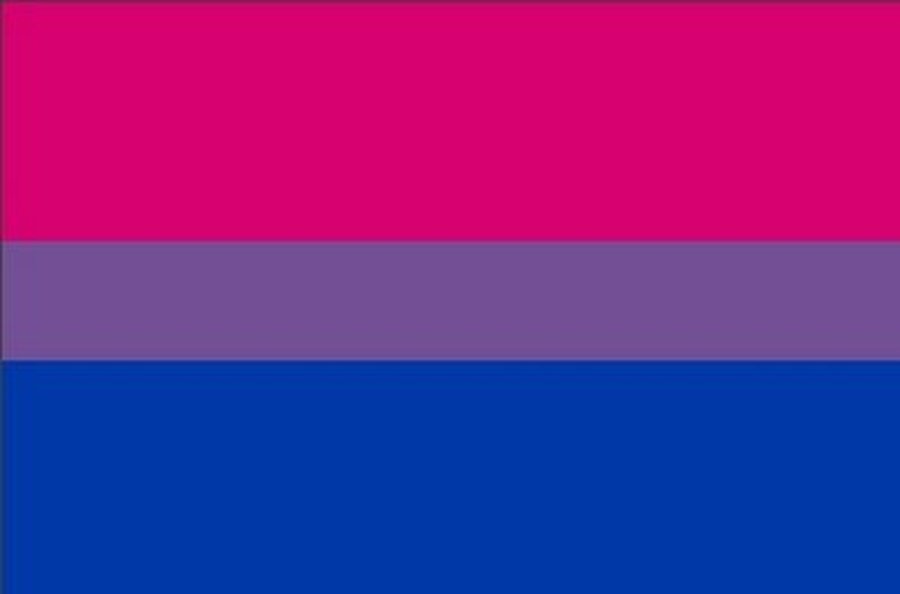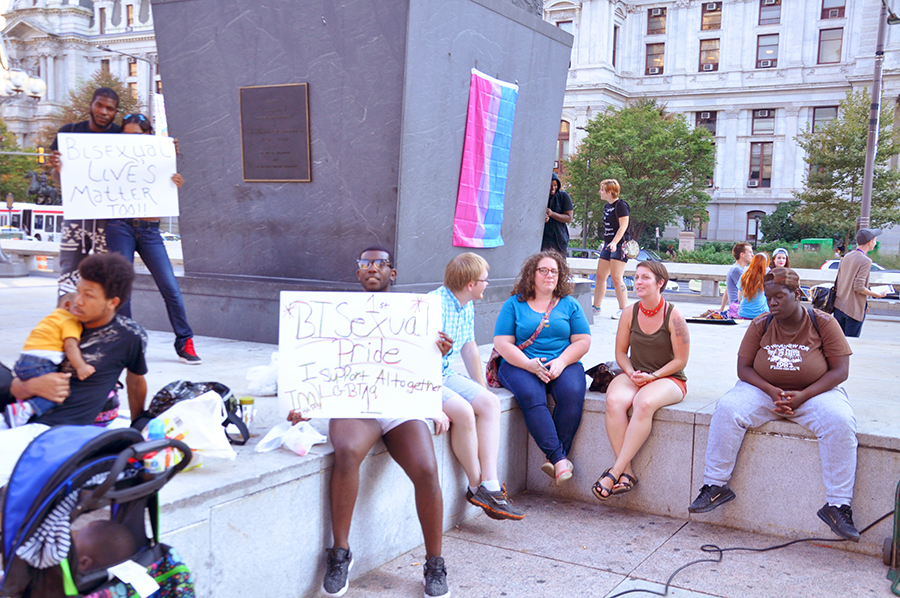
Visibility is precious. Many folks are unaware that bisexual people have been a driving force in the LGBTQ community since before Stonewall and continue to be leaders within local, regional and national organizations and campaigns. Every day, bisexuals young and old work side by side with the larger LGBT community to effect change and equality. However, when it comes to advocating for the “B” in LGBT, our bisexual communities are often excluded and invisible.
As a Baby-Boomer bisexual, I can expect to share many of the age-related issues my peers will encounter, but identifying as bisexual gives me additional challenges, or opportunities, depending on your perspective. One is obligatory activism: the feeling that I must be out as bisexual in the lesbian and gay communities as well as the straight community, that I must educate professionals about bisexuality and speak up for bisexual visibility and inclusion. Being openly bisexual as an older adult is in many ways a radical act. Nearly all of us have faced biphobia from family, partners, friends and acquaintances, as well as from those within the LGT community, and many of us find our identities routinely erased or rendered invisible, leaving us with the choice to remain unseen or come out over and over again.
Most will agree that there is not a lot of understanding of bisexuality and bisexual people, even though they compose 50 percent of the LGBT community. I regularly encounter folks who challenge the very existence and meaning of bisexuality. Simply put, bisexuality is the capacity to be attracted romantically, sexually and/or emotionally to people regardless of gender.
Relevant advocacy issues for bisexual elders include those for all elders: the need for affordable housing, health care, caregiving and end-of-life planning. However, in addition to the unique issues that lesbian and gay elders must navigate, such as invisibility, coming out, marginalization and discrimination due to homophobia, bisexual elders also face issues that are either amplified — such as lack of supportive social networks — or issues uniquely theirs, such as biphobia and a lack of bi-specific research, support and services.
Bisexual invisibility occurs when the legitimacy of bisexuality is questioned or denied outright. For example, bisexual people are sometimes assumed to be straight or gay based on the gender of the person they are currently dating. Two women might spend time in community spaces dominated by lesbians. Perhaps one of the women is bisexual and objects to the assumption that she is a lesbian (i.e., when others call the two women a “lesbian couple”). However, every time she mentions her bisexual identity, others insist that she can’t really be bisexual or that her orientation doesn’t matter (perhaps with the subtext that she shouldn’t talk about it).
Many older bisexuals can feel isolated and alone in their bisexual identity. If they should be so lucky to have inclusive services (i.e., health care, social supports), they may have little knowledge of those services and instead encounter, and perhaps internalize, the rampant bisexual myths and stereotypes. Older bisexual people may not feel included by virtue of their age. Often, LGBT centers can be very youth focused. Activities and conversations are not inclusive of aging needs/issues. While younger bisexuals may be coming out and finding support in communities, colleges and various organizations, current elders grew up in a time that did not allow space for bisexuals. With no role models, being visible as a bisexual elder is not a familiar stance.
With so few out bisexual elders, we all have to do as much as we can to find allies, educate others, fight bisexual oppression and support those bisexual older adults who are less able to be out. Here are a few tips on how to be an ally and advocate for bisexual individuals:
- Celebrate Bisexuality Day on Sept. 23 and Bisexual Health Awareness Month every March.
- Validate the existence of bisexual people by being inclusive (i.e., say the word “bisexual”) and establishing programs/supports specifically for bisexual people.
- Display signs or symbols that welcome people who are bisexual (i.e., the bisexual flag, bisexual symbol pins/buttons).
- Make materials/information available that highlight bisexuality (Bisexual Resource Center, American Institute for Bisexuality, BiNet USA, National Resource Center on LGBT Aging).
- Seek self-education and training: webinars, books, articles, conversations with bisexual elders and allies.
Terri Clark, MPH, has been doing work in health education, training and facilitation for nearly 30 years, and is currently the coordinator of prevention services at Action Wellness. Throughout her career in public health, she has been an advocate for gender equality and sexual health across the lifecycle. She is co-author and co-editor for a teaching manual that includes more than 50 lesson plans entitled “Orientation: Teaching about Identity, Attraction and Behavior.” She is currently working on a number of projects to advance the field of sexuality and aging, including the sexual health of older adults.
